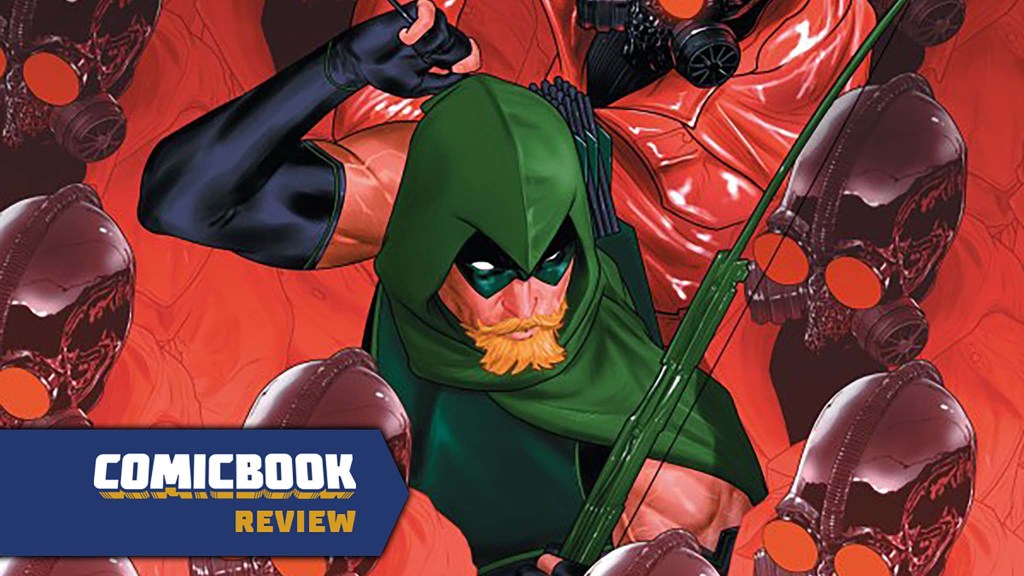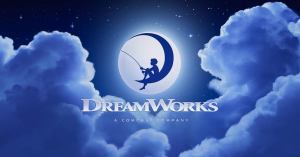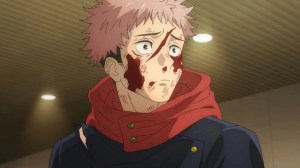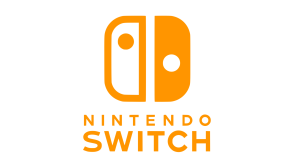It happens far too often. A corporation creates an environmental nightmare that causes direct harm to a population — usually one with limited resources — and when the people call on their elected officials to do something, to fix the problem, to hold the corporations accountable for the harm that they’ve done nothing happens. It doesn’t matter how loud the people are or how great the damage, the officials hem, they haw, or the outright remain silent. So, what happens when the victims of corporate environmental negligence have finally had enough? They take matters into their own hands and in Green Arrow #21, that means Oliver Queen is about to be confronted with his own potential responsibility for the tragedy — and perhaps a larger mystery in the process and while the issue feels rather succinct, there’s a lot of emotional resonance on each page that prompts some big questions about the nature of real justice.
Videos by ComicBook.com
Much of Green Arrow #21 is devoted to what is best described as set up, but it’s not something that should be mistaken for exposition or filler. The issue begins with a community meeting where the residents of Freshwater confront elected officials about the horror unfolding in their literal back yards. It’s revealed that they’ve been calling out for more than a year about the toxic mess in their communities — children developing cancer, people being literally burned by substances in their yards, others developing epilepsy from the presence of a toxic chemical in their blood — and while everyone involved knows the source of the toxins, noting is being done. Different residents press Senator Eustace Foley about what they plan to do to help only to get non-answers and runaround. The people want help — and they are no longer willing to take no for an answer.
While that aspect of things is something readers of the Green Arrow series already know — the Fresh Water Killer has been killing Horton Chemical executives — it gets a lot more personal when a killer shows up at Oliver’s, intent on taking him out, too. Obviously, that’s not going to happen, this is Green Arrow’s book, but it’s less the attack on Oliver that is of interest and more what the assailant — unmasked to be Freshwater victim Ted Shephard has to say. It turns out that Oliver was president of Horton Chemical a signed off on selling the Freshwater community. It’s a stunning reveal, but what is especially interesting here is that Oliver either genuinely didn’t sign the papers as he initially claims or he is just as complicit in the disaster as anyone else. More than that, Ted isn’t willing to give an inch.
[RELATED: Absolute Power Drops a Major Green Arrow Twist]
It’s that —Ted not accepting excuses or platitudes from Oliver — that makes the issue pack a big punch despite feeling a bit fast paced. Despite Oliver seeing his efforts as journalist to get “recognition” for the victims, Ted explains that once checks were cut no one cared. The story then turns into a contemplation of justice, or rather how people perceive certain acts. The takeaway? It requires big actions and a mask to make a real impact. It’s a big statement to make in a story full of big statements, but Chris Condon does it very well. Ted’s behavior may be on the furthest edge, but there’s humanity in it and through him Condon is able to make a sharp point without being preachy. Similarly, there’s something complex about Oliver’s reactions to being confronted. This is an Oliver having to really look at his actions and begin to evaluate his own complicity as well as if what he’s doing now is enough.
Elevating all of this, however, is the art. The way Montos blocks out the action has almost a life of its own and it not only works in terms of infusing the story with a rich tension you can only get from visuals, but it also plays brilliantly with the almost vintage-style work when it comes to Oliver’s face and physique. Adriano Lucas’ colors also truly sing here. The result is art that tells as much of a story as the words on the page. It makes for fantastic stuff. Really, the only real “negative” here is that the issue just feels short — and that’s only really because of how tight and well-executed it is.
Green Arrow #21 doesn’t really pull any punches. The human cost of corporate negligence is starting to be fully revealed and Oliver is being forced to look at his part of the bill. This is overall a very solid issue that moves things forward in a way that makes you wonder if some sins can be forgiven — and just how loud an act has to be to be heard.
Rating: 4 out of 5
Published by DC Comics
On February 26, 2025
Written by Chris Condon
Art by Montos
Colors by Adriano Lucas
Letters by Hassan Otsmane-Elhaou









